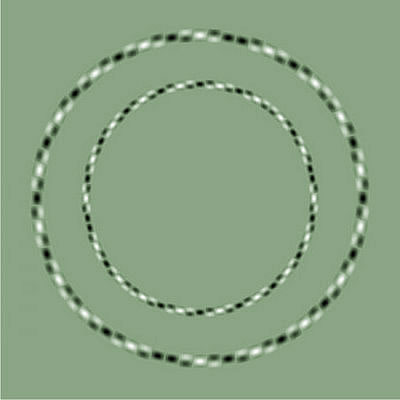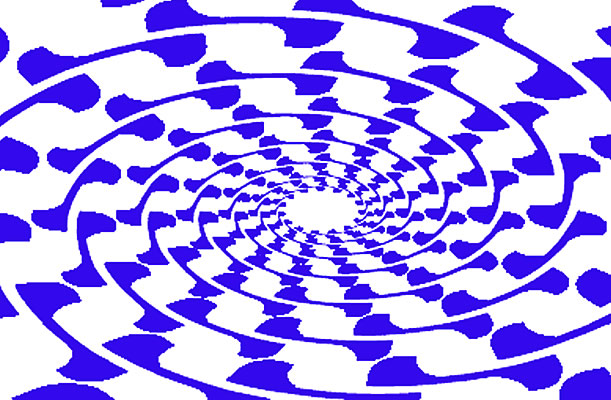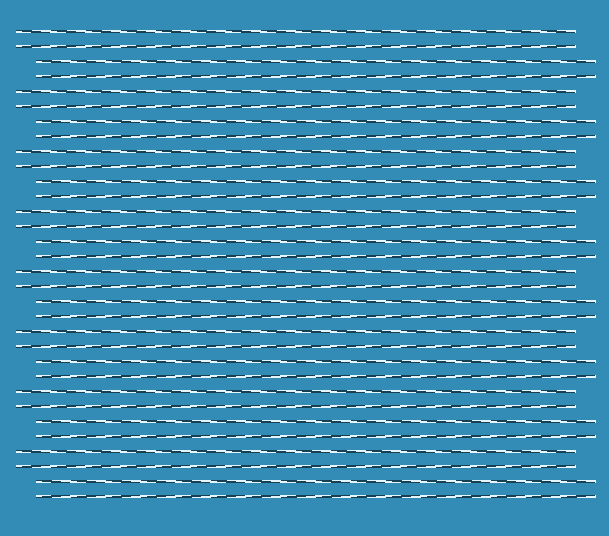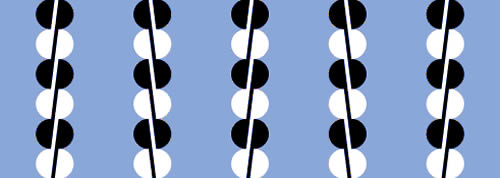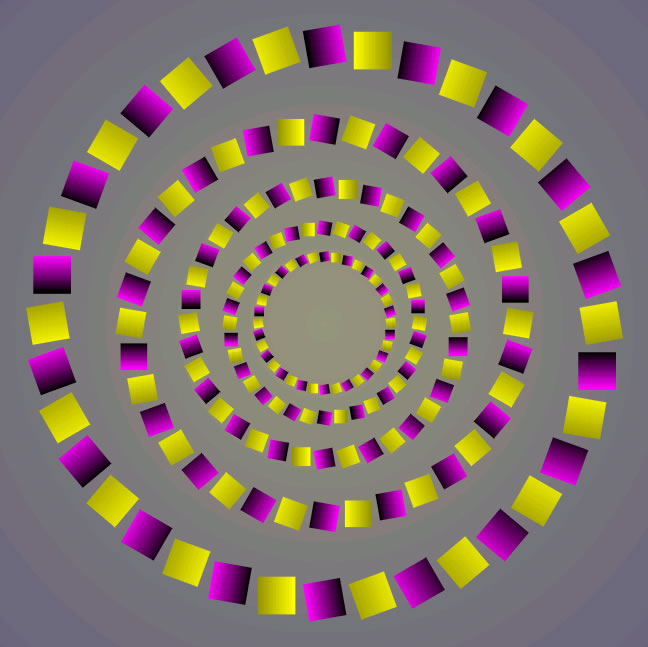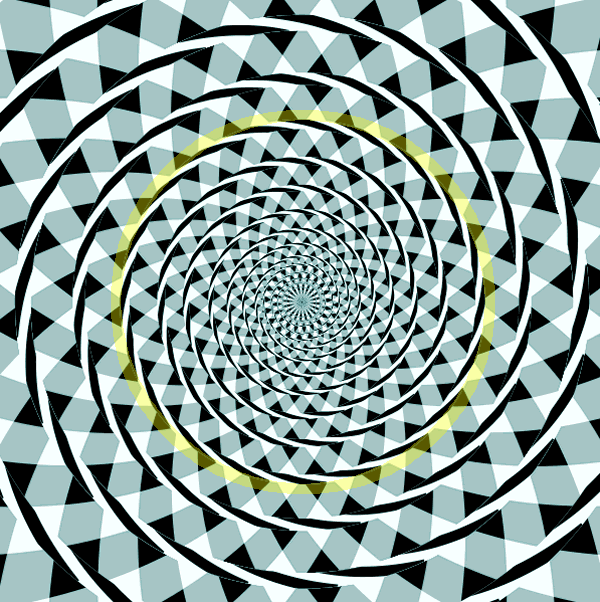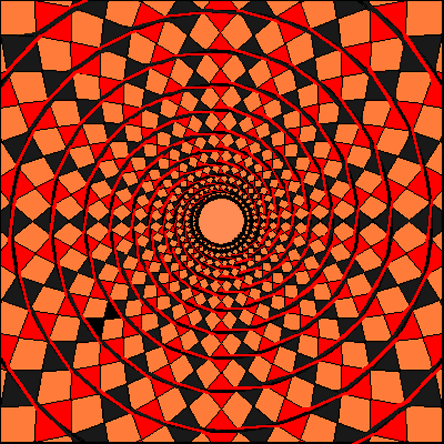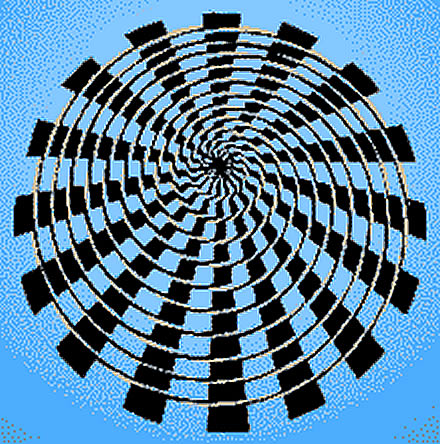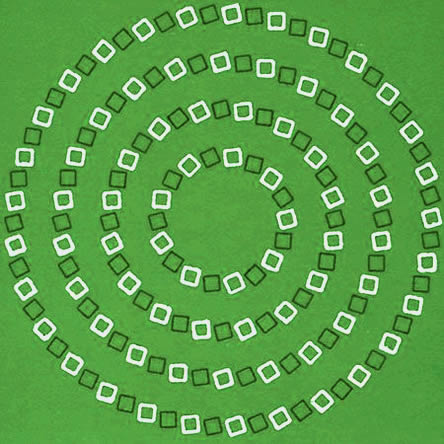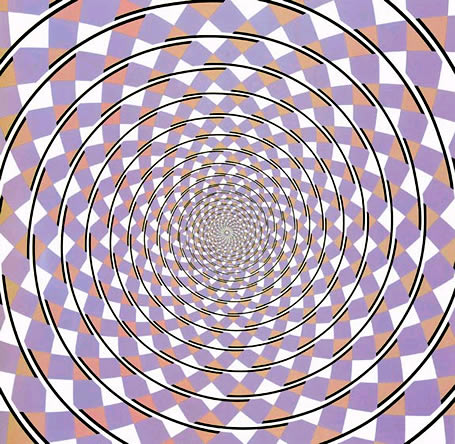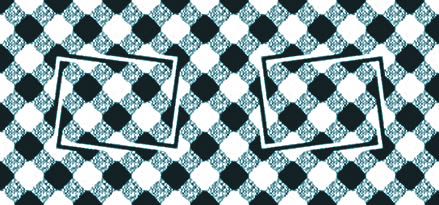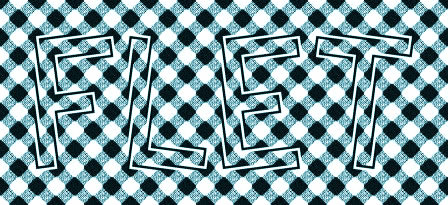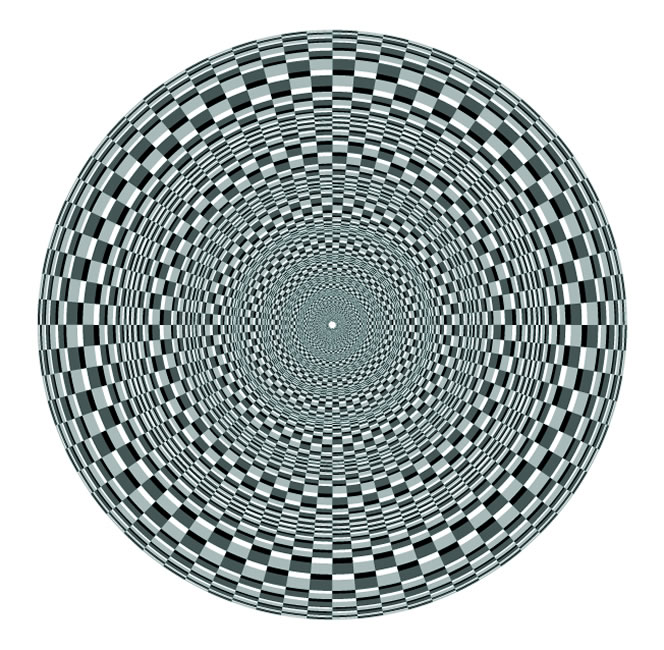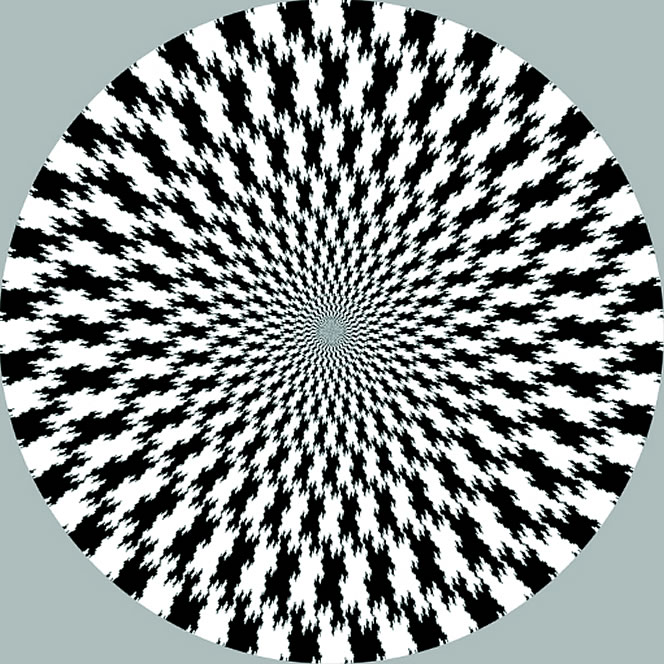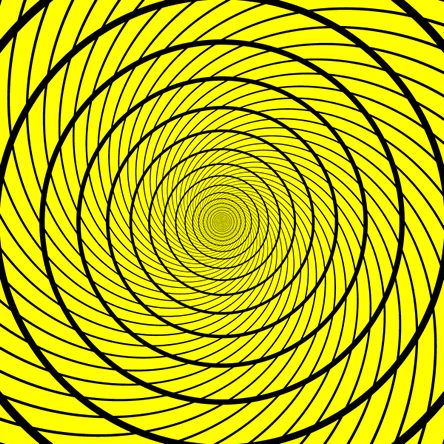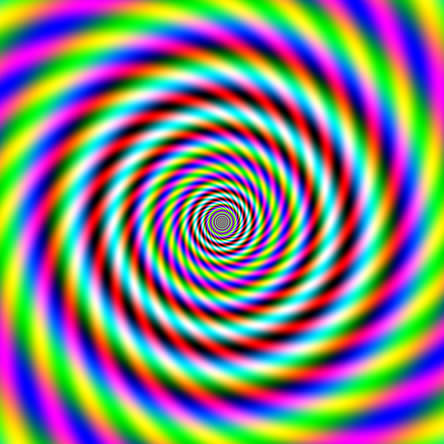| OPTICAL
ILLUSION and FOCUSES -> Home |
|
Fraser
optical illusion - Fraser spiral illusion
SPIRAL or CIRCLES? |
The
illusion is also known as the false spiral, or by its original name,
the twisted cord illusion. The overlapping black arc segments appear
to form a spiral; however, the arcs are a series of concentric circles.
The visual distortion is produced by combining a regular line pattern
(the circles) with misaligned parts (the differently colored strands).
Zollner's illusion and the cafe wall illusion are based on a similar
principle, like many other visual effects, in which a sequence of
tilted elements causes the eye to perceive phantom twists and deviations.
The illusion is augmented by the spiral components in the checkered
background. |
|
|
|
Sir
James Fraser (1863–1936), British psychologist
The
Fraser spiral illusion is an optical illusion that was first described
by the British psychologist Sir James Fraser in 1908. |
|
|
|
Fraser’s
Spirals |
|
Construction
of the circular figures
From "A new visual illusion of direction" by James Fraser
British Journal of Psychology 2: 307-337, 1908
In
the construction of the circular figures a circular area is divided
by radial lines into a certain number of equal sectors (e.g. 48 in
Fig. 5). A series of concentric circles are then described at such
intervals that the quadrangular divisions obtained have each three
equal sides, the outer circumferential side and the two radial sides,
and one side (the inner circumferential) which is slightly shorter.
These quadrangular areas are thus approximate squares and on being
bisected diagonally in both directions give a new group of approximate
squares which is used as the basis of the background of the illusory
figure to be produced. The two sets of diagonals of the second group
of approximate squares are the original radial and circular lines,
and on these lines rest the 'units of direction.' The 'units of direction'
all bear the same relation in size to the approximate squares on which
they lie, so that in the completed figure the members of each radial
series of similar geometrical parts diminish in size centripetally
by geometrical progression, and the members of any circular series
are of equal size. The
chequer-work background is composed of a double series of dark and
light broad spiral bands running in counter directions, and formed
by the visual union of the black and white squares with the grey
squares. The units of any one circular series all correspond to
the same circle in one of two ways-either the centre of area of
a Unit corresponds to the centre of a black or white square; or,
the marginal dividing line of two 'units' corresponds at its central
part to the diagonal line of a black or white square, that is, to
part of the actual circular curve.
Read
more here:
"A
new visual illusion of direction" by James Fraser |
|
|
|

|
| The
use of the effect Fraser |
|
| Parallel
lines of the twisted braids |
| You're
looking at the vertical lines |
You're
looking at the horizontal lines
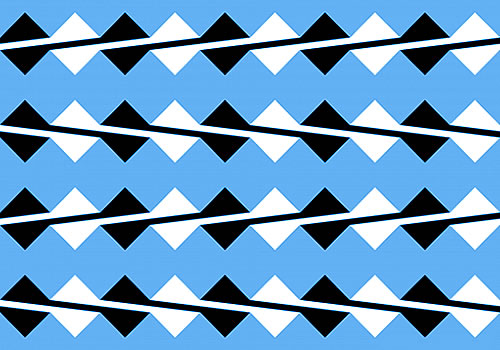 |
|
|
"KURA-KURA"
Some
parts appear to expand while others appear to contract.
|
Copyright
Takahiro Chishima 2008 (January 12)
from Takahiro Chishima, Takushoku University,
Tokyo, Japan, January 12, 2008 |
"Fractal
spiral illusion"
Concentric
rings made up of fractal islands appear to form spirals.
|
Copyright Hitoshi & Shinobu
Arai 2007
from Professor Hitoshi Arai, Graduate School of Mathematical Sciences,
University of Tokyo, October 4, 2007
From:
Ritsumeikan University
|
|
| False
spirals by Akiyoshi Kitaoka |
|
With the effect of the apparent rotation
©
Akiyoshi Kitaoka Visual Phenomena |
| |
|
|
Visual
Phenomena & Optical Illusions REFERENCES:
• James Fraser. "A new visual illusion of direction"
// British Journal of Psychology 2: 307-337, 1908.
• Morgan, M. J. and Moulden, B. "The Munsterberg Figure
and Twisted Cords." Vision Research 26, 1793-1800, 1986.
• Pappas, T. "The False Spiral Optical Illusion."
The Joy of Mathematics. San Carlos, CA: Wide World Publ./Tetra, p.
114, 1989.
• "A
new visual illusion of direction" by James Fraser. British
Journal of Psychology 2: 307-337, 1908.
• Cucker, Felix (2013). Manifold Mirrors: The Crossing Paths
of the Arts and Mathematics. Cambridge University Press. pp. 163–166.
|
|
| |
|
 |
Copyright
© 2004 abc-people.com
Design and conception BeStudio © 2016-2023 |
|
|
|
|
|
|
|
